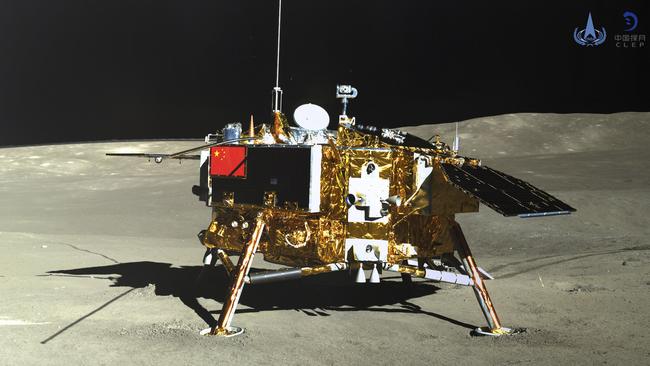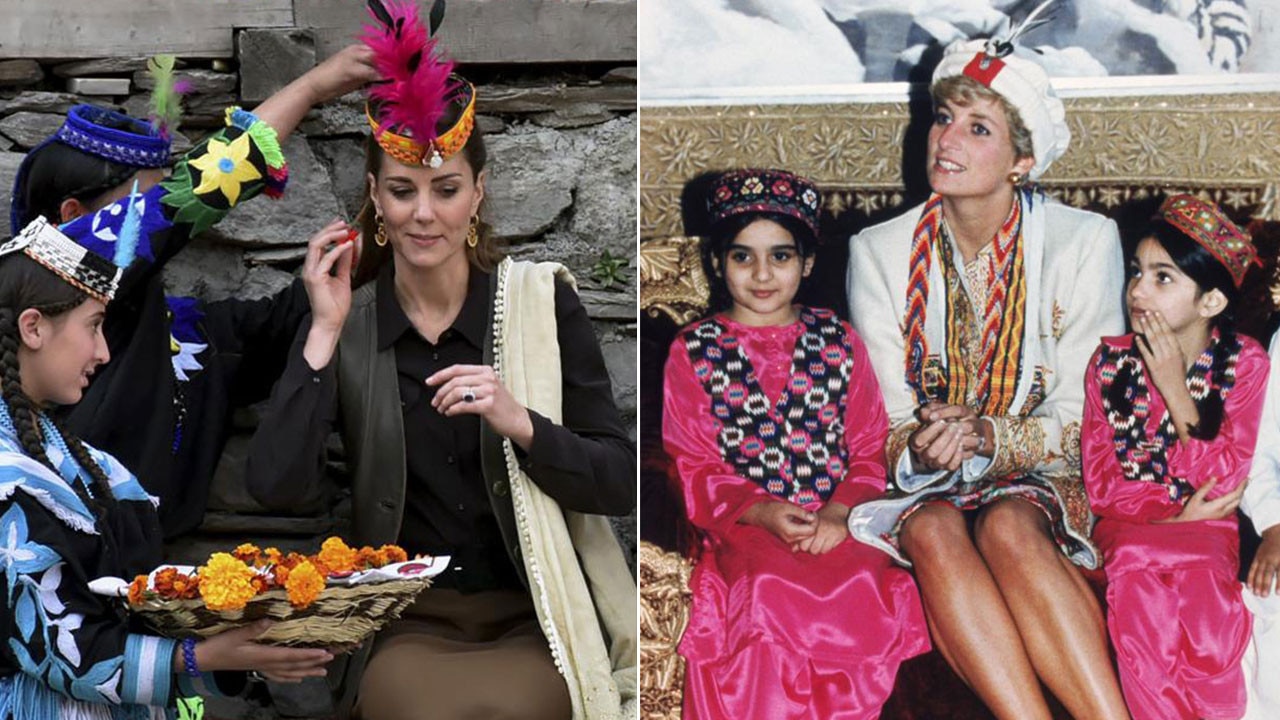China claims it has grown first plant on the moon
America may have put the first man on the moon, but China is laying claim to growing the first plant on the lunar surface.

America may have put the first man on the moon, but it is China that has laid claim to growing its first plant.
Although a cotton seed may seem more like a tiny leaf than a giant leap, scientists said that it was a small step towards proving that humans could settle away from Earth.
When China landed a probe on the far side of the moon this month, it carried a small climate-controlled capsule containing cotton, rapeseed, potato and arabidopsis, which is related to cabbage. It also held yeast and the eggs of fruit flies.
The idea was that the 20cm tall canister could become a miniature ecosystem. The plants will make oxygen and food which is used to sustain the flies, while the yeast helps to decompose dead organic matter and the flies’ waste to turn it into manure for the plants. They are “producers, consumers, and decomposers”, Liu Hanlong, the project’s chief scientist, said.
Yesterday the probe sent back images from inside the capsule, showing that the first step of the plan was successful and the cotton plant had sprouted.
Speaking to the South China Morning Post, Professor Liu said that the potato and rapeseed plants had started to germinate since the pictures were taken. He said that if they can show that the fruit flies will survive in the small capsule, then it would be much more likely that humans can be sustained in a far larger one.
“We have given consideration to future survival in space,” he said. “Learning about these plants’ growth in a low-gravity environment would allow us to lay the foundation for our future establishment of a space base.”
The plants were chosen in part because they could be grown in a confined space but also because they are likely to be useful.
Scientists believe that potato, which grows naturally in the arid, cold, low-oxygen environment of the high Andes, could be a hardy source of food in space. Cotton might ultimately be used for fibre and clothing.
However, the plants will always need to be carefully shielded from the world outside.
The moon, which is outside the Earth’s protective magnetic field, is bombarded with cosmic radiation and experiences temperature extremes that swing from minus 170C at night to above 100C in the full glare of the sun.
The Times


